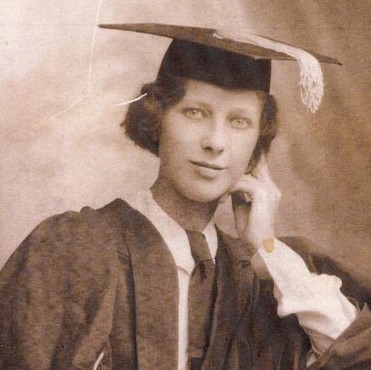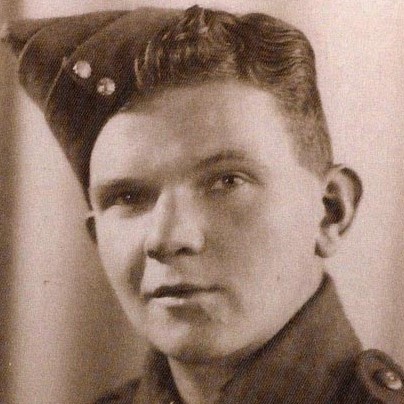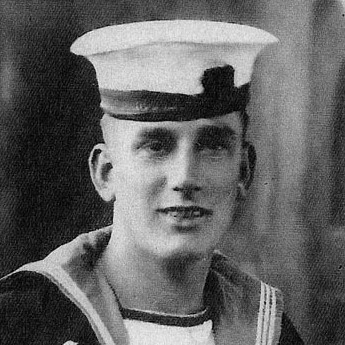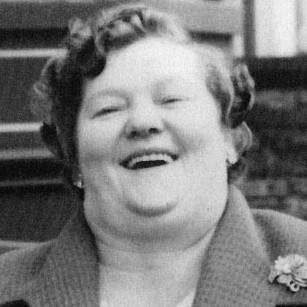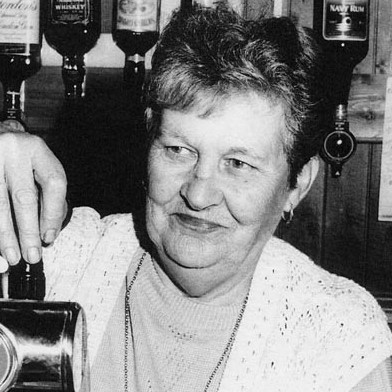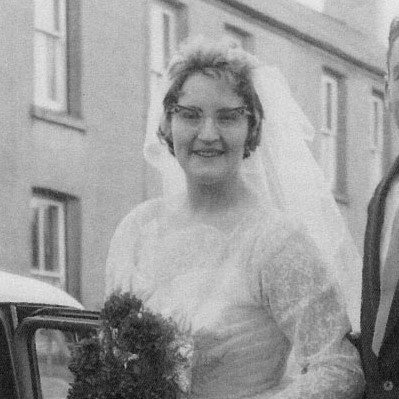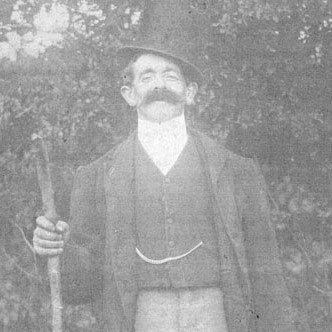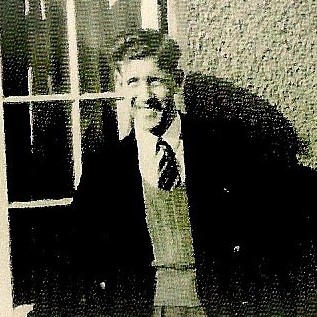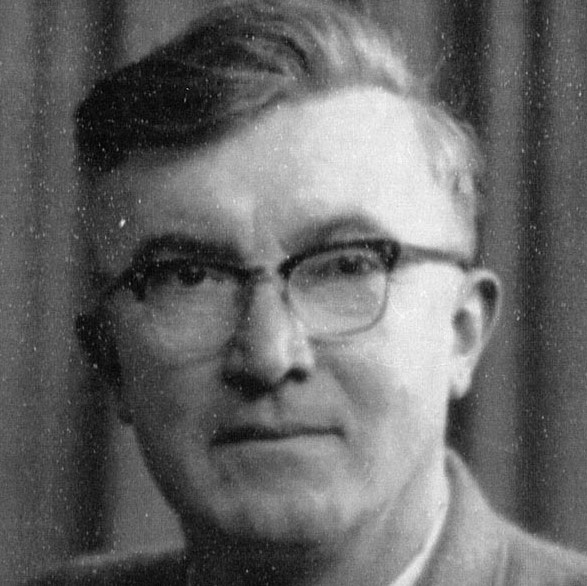
George Preston
1920 – 1991
Having spent his childhood in neighbouring Tynant, George set up home in Llantrisant after marrying Rhoswen, the daughter of Thomas and Esther Beavan of Heol Sarn. He and Rhoswen had one daughter, Christine.
He became a ‘petticoat’ Freeman in 1945 and was elected to the Town Trust in 1953.
He was a founder member of the Llantrisant Festival and as Mayor of Taff Ely unveiled the statue of Dr. William Price during the first festival in 1982.
As a local politician, he worked tirelessly to obtain funding to enhance the town, including the building of the Gwaun Ruperra complex and the Model House Arts and Crafts Centre on the Bullring.
He was a dedicated worshipper in Llantrisant Church and one of his proudest achievements was becoming Vicar’s Warden to the unforgettable Edwin Davies. Using his skills as a wrought iron craftsman he is responsible for designing and making both the altar rail in the side chapel and the magnificent chandelier support in the main aisle.
As a fitting memorial, one of the streets near the OAP Complex has been named Preston Close.







